The food coloring in your kitchen cabinet can do more than turn vanilla frosting into a magical unicorn-esque rainbow hue. While creating crazy colors of pancakes, baked goods and more is always welcome by your fam, you can also use food coloring in science experiments for kids. From how to tie dye with food coloring to dying eggs (and everything in between), check out these easy science experiments for kids!
Coffee Filter Crafty Science
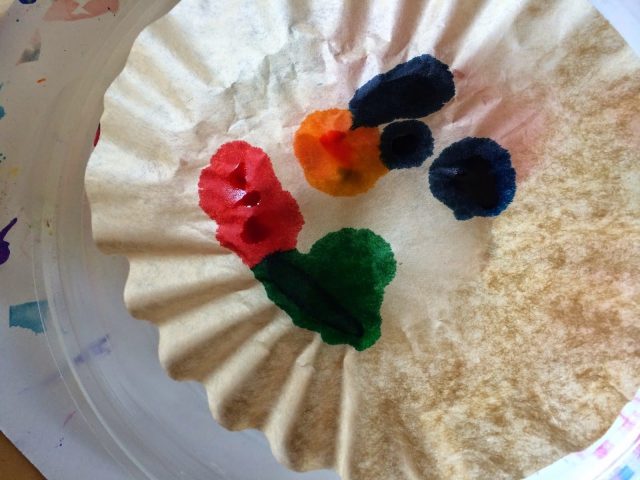
What happens when you drip a few drops of food coloring onto a coffee filter? Before you add the food coloring, ask your child to predict whether the drops will stay put or move. Drop one hue onto the edge of the filter and watch what happens (the color will magically move). Repeat with other colors, letting them mix and turn into new hues.
Milk Magic
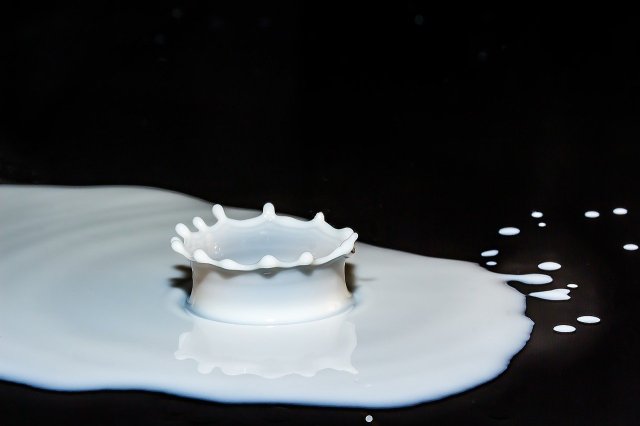
Fill a shallow dish with a thin layer of milk. Add a few drops of different colored food coloring. Make sure the colors don’t touch. Dip the end of a cotton swab into dish soap. Press the soapy swab into the milk and hold it there. Watch as the colors magically swirl through the milk; even though the colors look like they’re moving on their own, it’s really science at work! The soap reduces the surface tension of the milk and makes the fat molecules move. The addition of food coloring makes this process easy to see.
Ice Milk Science
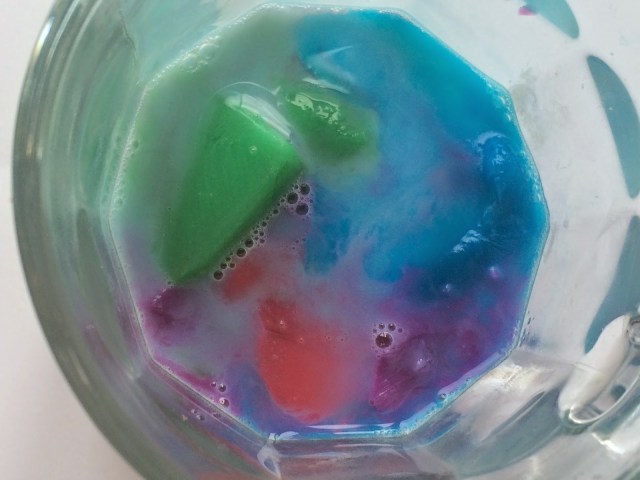
Your child explored what happens when you put food coloring into a shallow dish of milk. Now it’s time to add a liquid-to-solid experiment to the mix. Drip a drop of food coloring into each compartment of an ice cube tray. Use the primary colors or choose a rainbow of hues. Fill the tray with milk and mix the color in each compartment. Freeze the tray. Repeat with food coloring water. Compare the ice and ask your child to guess why the colors are different in the two trays. Hint: The white milk lightens each color! Drop the pastel milk cubes into a fresh glass of milk and observe the colors as they melt.
Get Glowing with Science
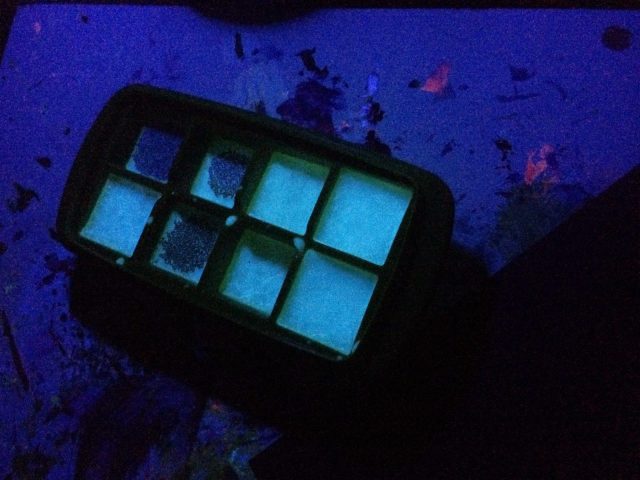
How can your child make glowing paints? All you need is tonic water—and a black light! Add in food coloring to take this science experiment for kids to the next level. Pour the tonic water into a clear plastic cup or freeze it. Bring the liquid or ice into a completely dark room and turn on a black light. Watch as the bubbly water glows. After your child observes the glow, add a drop of food coloring into the cup or freeze a colorful tonic water cube to see what happens next.
Frozen Color Combinations
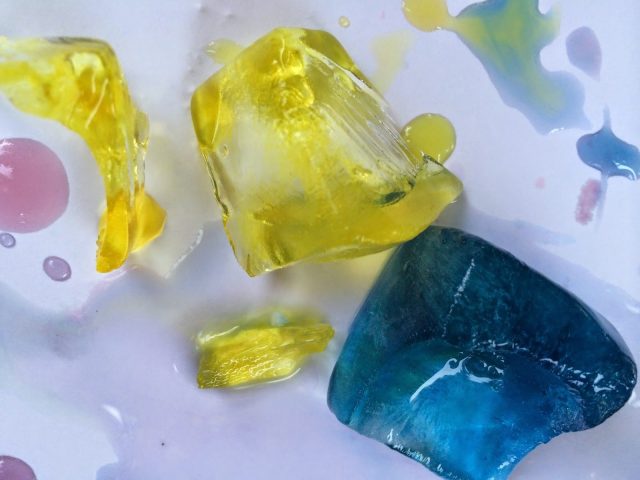
Take color mixing science one step farther with this artsy idea! Make red, yellow and blue ice cubes with food coloring and help your child to hypothesize what will happen when they mix, blend, and splash each one in a cup of primary-colored water.
Oil, Water, and Food Coloring

Your creative kid has already made food coloring ice cubes. But what happens if you replace the water with oil? Compare and contrast the two different liquids with colorful science exploration. Get the easy-to-follow how-to steps here.
Rainbow Ice Melt Race
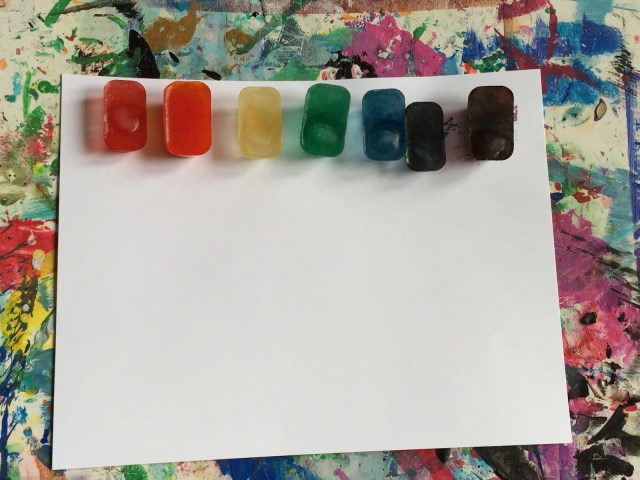
Check out this easy rainbow ice-making how-to. After your kiddo makes the colorful cubes, they can line up a rainbow (red, orange, yellow, green, blue, indigo and violet) and race each one. Even though the cubes can’t move on their own, your child can push them across a piece of white card stock paper. As the cubes move, they’ll leave behind a colorful pattern. Ask your child to explain where the colors come from. Add on to the science experiment and coat the bottom of the cubes in salt. Observe or time the cubes to see if they melt at the same rate as plain (unsalted) ice.
Egg-cellent Food Coloring Rainbow
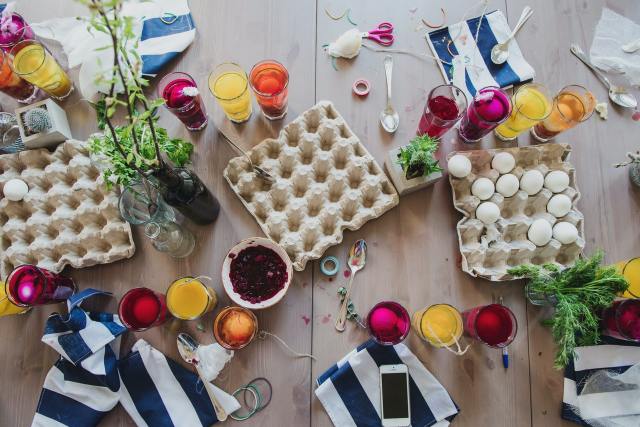
Did your child use the primary colors to mix secondary ones? Now that you have six plastic cups filled with custom colors, it’s time to break out the hard-boiled eggs. Dying eggs with food coloring is an easy way to explore and experiment. Before you dunk or dip the eggs (with the shell on) in the colorful water, ask your child to predict what they think will happen. Dip one egg in each color, wait 10 seconds and pull the eggs out. Put the eggs to the side and repeat, dunking a new set of eggs for one minute this time. Repeat the experiment—but wait five minutes or more. Compare the eggs and ask your child to explain the differences they see.
Primary Color Mixing

Yellow and blue make what? Help your little learner to explore the primary colors—red, yellow, and blue. Pour tap water into three clear plastic cups. Add three to four drops of each primary color into each cup. Now it’s time to mix the colors. Use additional clear plastic cups to blend the primaries into secondary hues (green, orange, and purple). Pour part of the yellow water into an empty cup, add blue, and watch what happens. Repeat with the other colors.
Magic Color Change Flowers
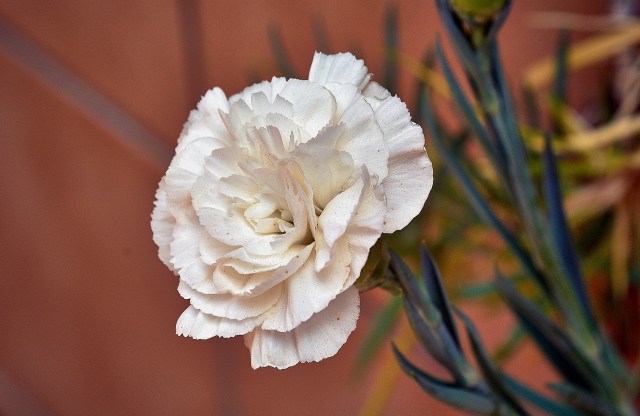
How can your kiddo turn a white flower blue, pink or purple? This experiment allows your child to see how water moves through a flower. Fill a clear cup half-way with water. Add a few drops of your child’s favorite food coloring hue. Cut the end of a white carnation’s stem and place it into the water. Repeat with different colors in different cups. Watch and wait! Ask your child what they think will happen to the flower. As the flower sits in the water, the food coloring will make its way through the step and to the petals—changing the flower’s color.
Top Tie Dye Ideas
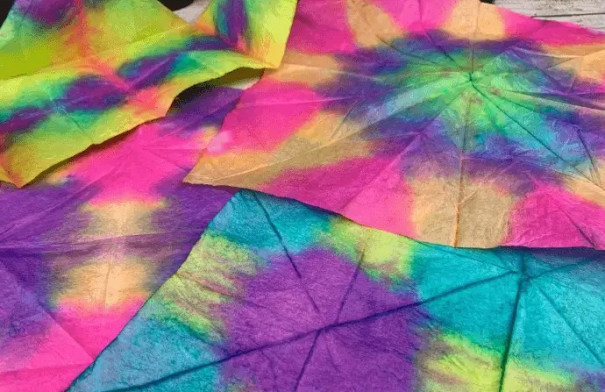
Yes, tie typically means adding fabric-ready pigments from the craft store to plain white tee’s, tanks, socks, and more. But you can also use food coloring. Ramp up the experimental aspect of a seemingly simple tie dye craft and compare the differences between fabric pigments and food coloring from your kitchen’s pantry. Try each of these dye crafts with both color options, hypothesize what will happen and observe the similarities/differences.
RELATED STORIES:
59 Easy Science Experiments to Do at Home
100+ Indoor Activities to Do with the Kids
16 Easy Science Fair Projects for Kids
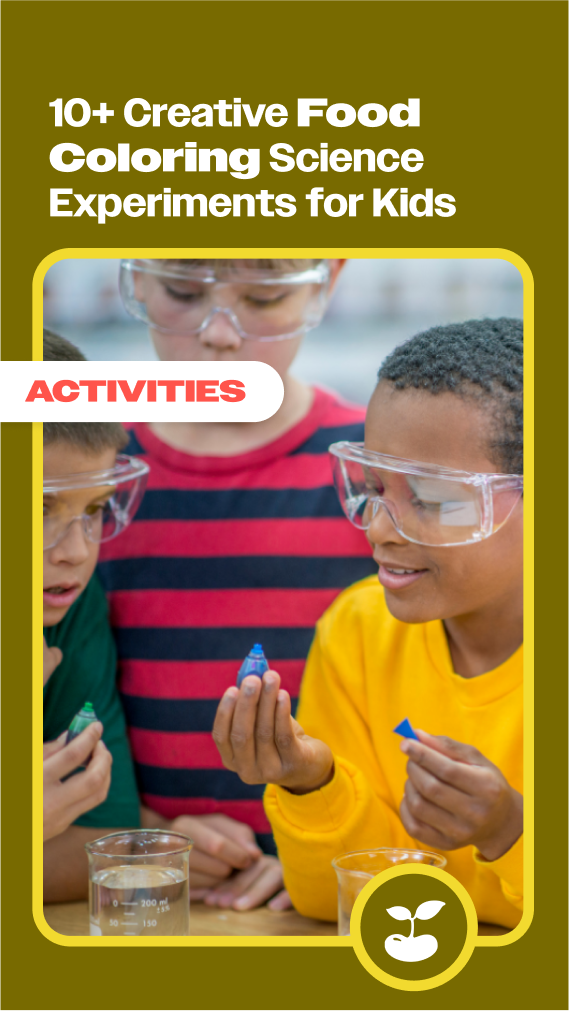
Need some fresh ideas?
Subscribe to our weekly newsletter for expert parenting tips and simple solutions that make life instantly better.
By subscribing you agree to Tinybeans Terms and Privacy Policy










